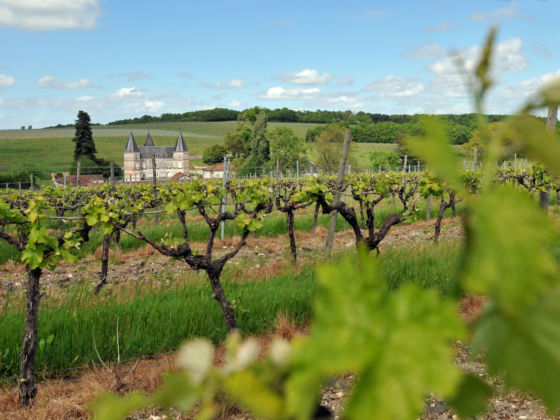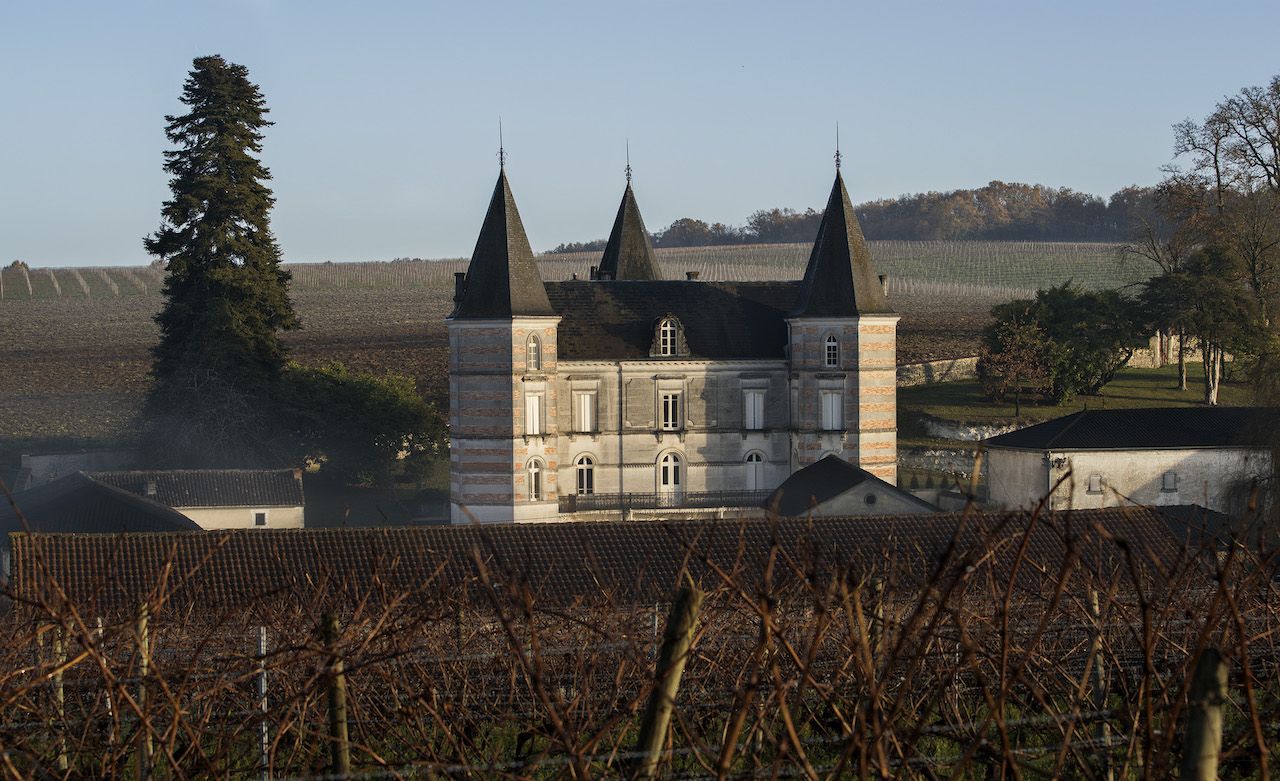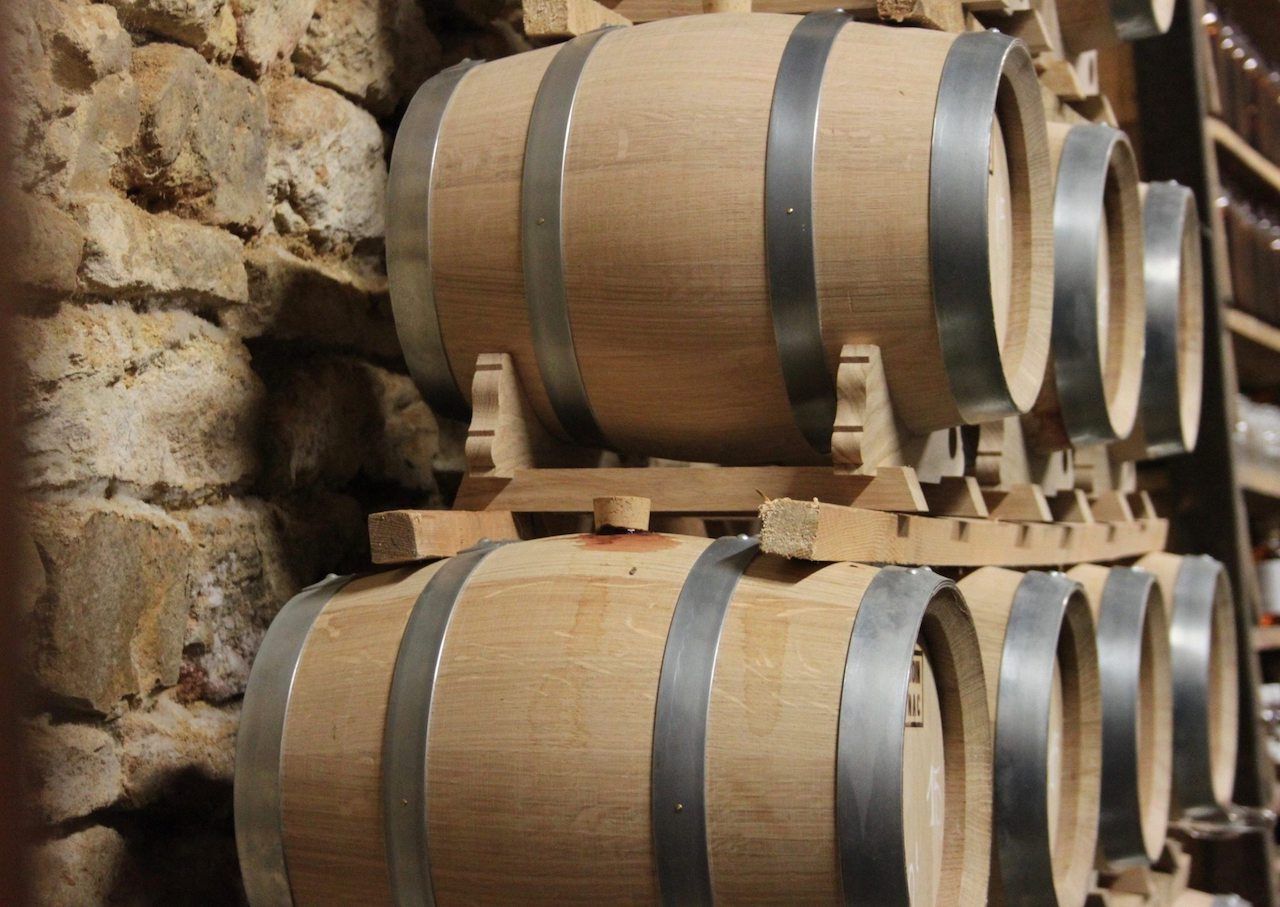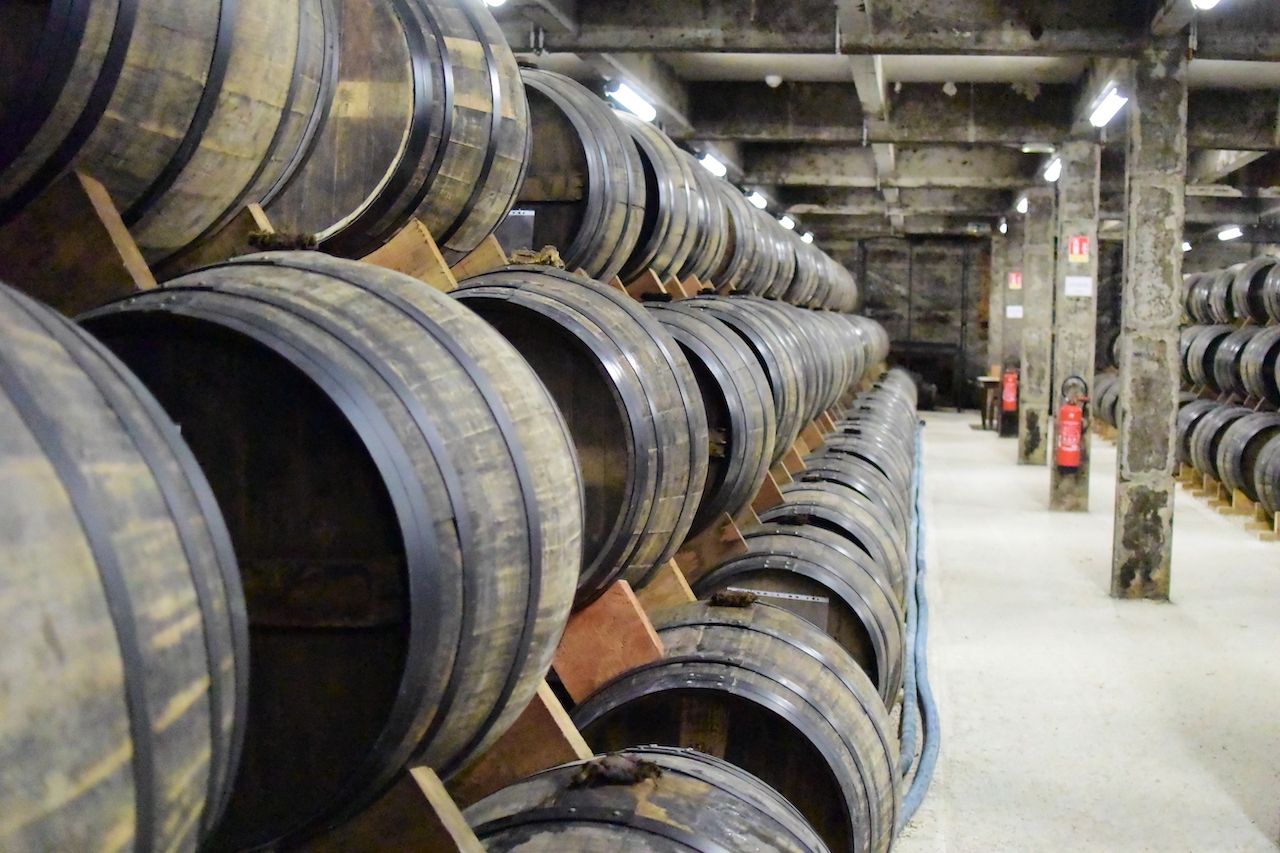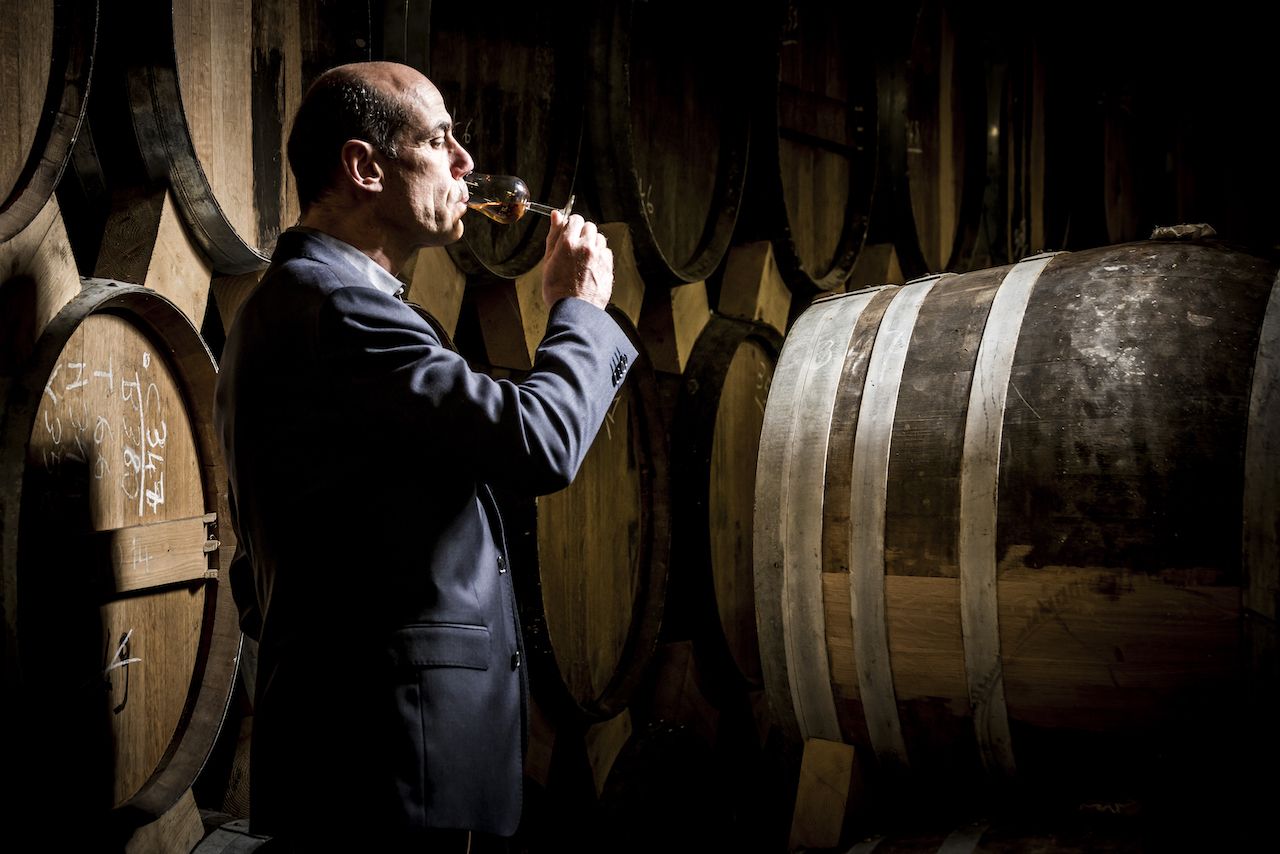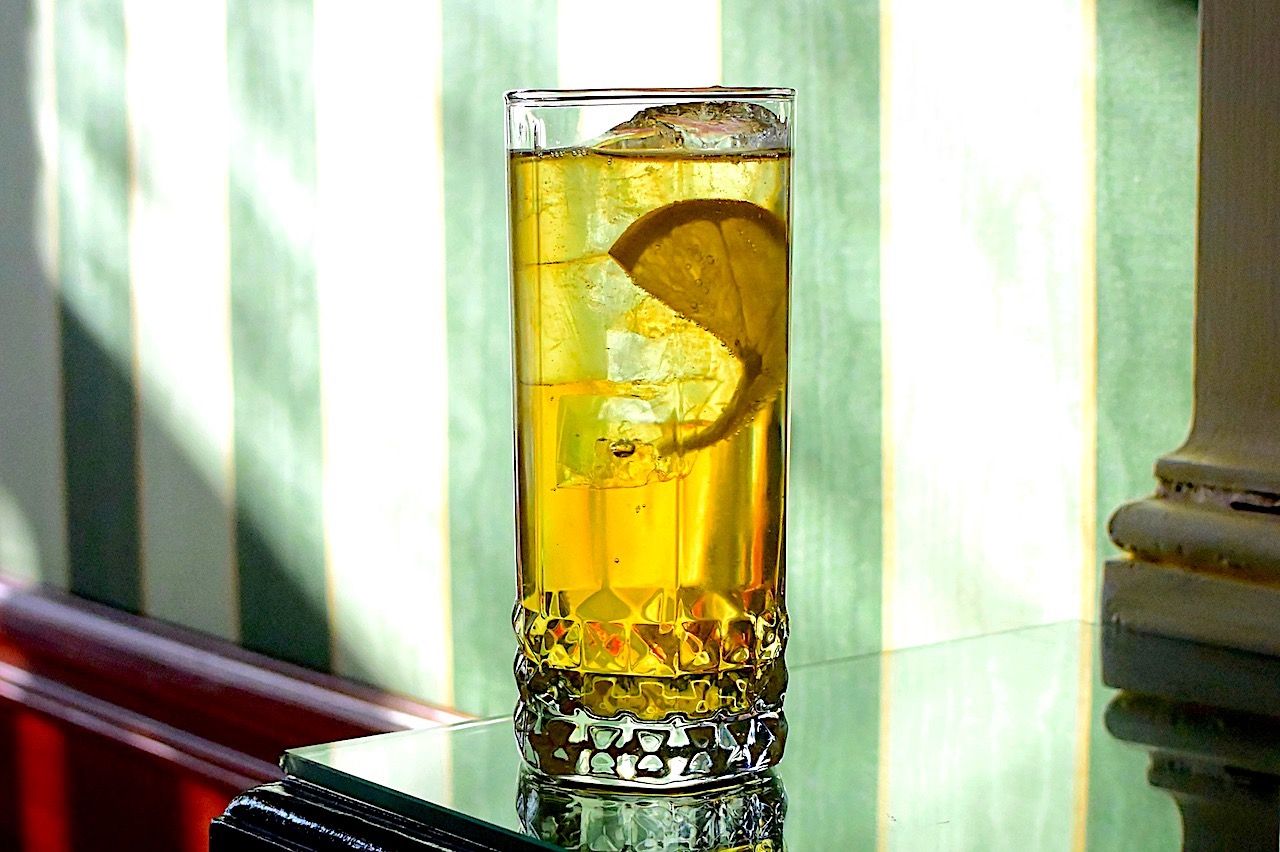You don’t appreciate modern automobile shocks until they’re not there. While bumping through French vineyards in mid-January in a 1960s Peugeot D4 van, the shocks were not there, and neither were the seats. Hay bales cushioned the ride as cold air hit my face and chilled my hands through leather gloves. A box of Bourgoin Cognac bounced along with me as its producer, Frédéric Bourgoin, drove to a lookout point over the vineyards that’ve been in his family for nearly 100 years.
An Instagram-friendly vintage van and a rustic vineyard tour isn’t the side of Cognac that Americans are most familiar with — that side is generally associated with money, fine dining, and grandparents.
While Cognac as a whole leans on its long history and reputation, there are also upstart brands and innovators in legacy companies keeping Cognac fresh and exciting. If you pay any attention to what’s going on with France’s most famous spirit or, better yet, visit Cognac for yourself, you’ll find the upstarts and innovators are turning Cognac into a destination, not just a digestif.
